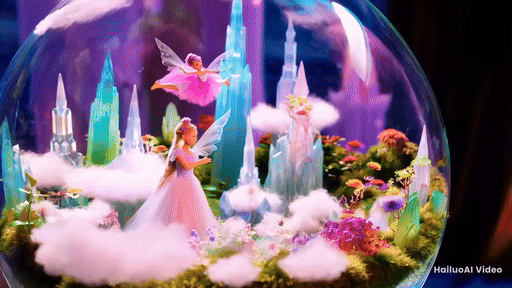The first Hennes & Mauritz (H&M) store in the Chinese mainland officially closed on June 24. The flagship location in Shanghai shuttered its operations after a double whammy of unfortunate circumstances: Shanghai’s two-month-long citywide lockdown and a steep drop in consumer demand.
Although the store initially reopened after the lockdown was lifted on June 1, its H&M signage soon disappeared, and its doors were shut again mere weeks later.
Located on Middle Huaihai Road, a popular shopping street in Shanghai’s central Huangpu district, the H&M store began operations in April 2007, marking the Swedish retail chain’s first foray into the Chinese mainland.

The news of H&M’s closure has made its rounds on Chinese social media. On June 28, a related hashtag went viral on the microblogging platform Weibo and had amassed more than 170 million views at the time of writing.
Users appear to have mixed feelings on the matter, though there seems to be a prevalence of hostile comments towards the Swedish multinational clothing brand.
“When is H&M going to leave China fully for good?” reads a comment with over 20,000 likes. Meanwhile, several other users have complained about the brand’s poor quality of clothing.
The Swedish fast-fashion retailer enjoyed vast success in China, at least until early 2021, when the company’s refusal to use cotton from Xinjiang caused a national backlash that gave rise to a boycott by Chinese consumers.
According to Reuters, the retailer operated 500 stores in the Chinese mainland in 2021, but less than 380 are currently listed on its official website. Although its business is shrinking, H&M still holds the title of China’s second-largest fast-fashion retail chain, surpassed only by Japanese brand Uniqlo.
Since the Xinjiang cotton episode, H&M stores are nowhere to be found on Chinese map apps such as Baidu Maps or Gaode Maps. H&M products have also been wiped off Chinese ecommerce and social media platforms.
Netizens are still vexed by the Xinjiang cotton incident, and many are still calling for a boycott of the brand under the trending Weibo hashtag.
Such heated reactions hint at a prevalence of ‘brand nationalism’ in China, which pushes consumers to favor domestic labels over foreign ones. Though it may be a hard pill to swallow for H&M, the brand has been made an example of in China.
Cover image via Wikimedia
















